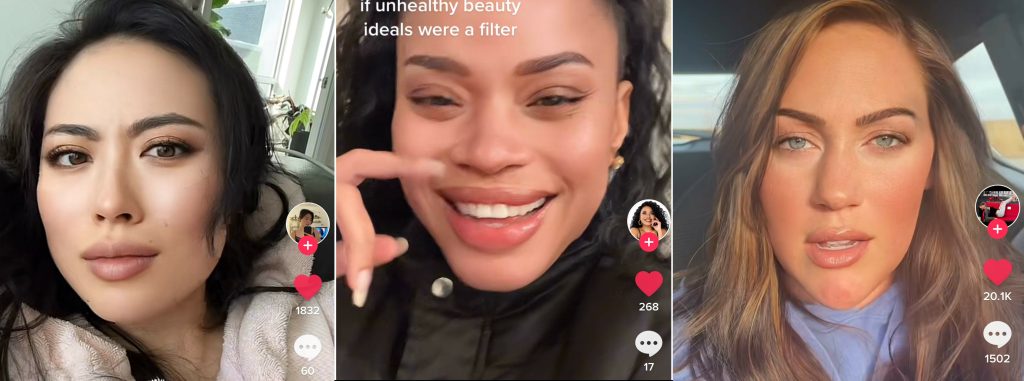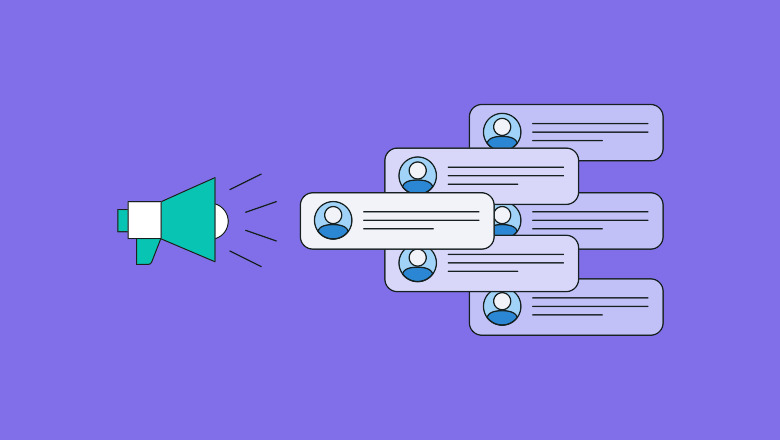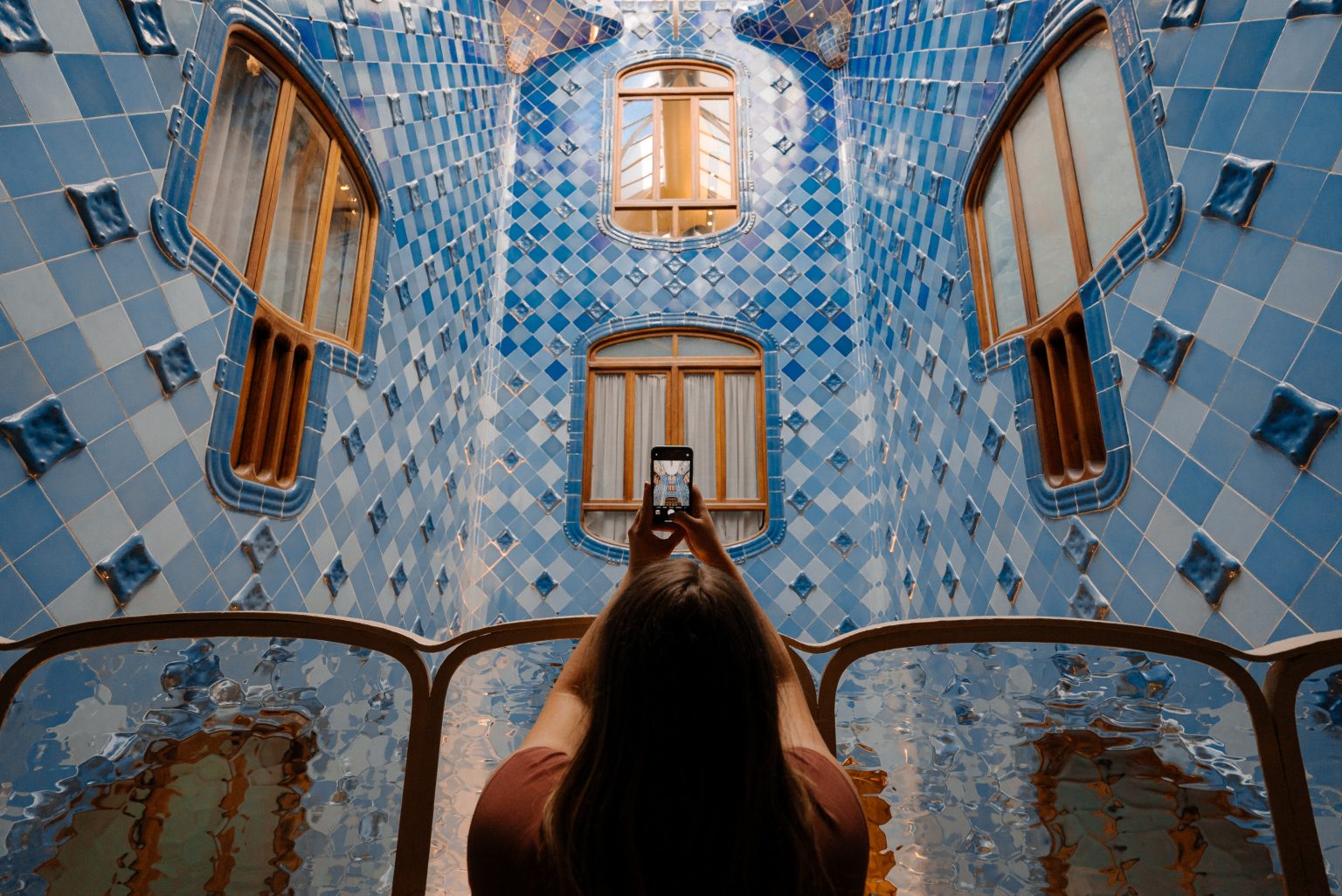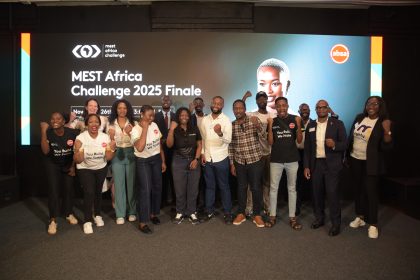Social media platforms have become a huge part of our lives. We use them to connect with friends, family, and people who share our interests. We also use them to discover new things, learn new skills, and get inspired by others.
But over the years, many have stated that their online experience on social media has gone from good to bad. Whether it’s reports of inferiority complexes from experiences on Instagram or Elon Musk purchasing Twitter, social media may be on the downturn when it comes to positive experiences.
But could the reduction of good online experiences also be the result of the increase in influencers?
The Rise of Influencers
Influencers are individuals who have a large following on social media and use their popularity to promote products, services, causes, or themselves. They can be celebrities, experts, activists, or just ordinary people who have a knack for creating engaging content.
..Influencers have made virality “mainstream”. They have normalized the idea that anyone can become famous and successful online, as long as they have something unique, creative, or controversial to offer
Influencers can be a positive force on social media, as they can raise awareness about important issues, inspire positive change, and provide valuable information or entertainment.
But they can also be a negative force, as they can spread misinformation, manipulate their followers, and create unrealistic expectations or standards.
How Influencers Have Changed Social Media
Influencers have been around since the early days of social media, but they have become more prominent and powerful in recent years.
The rise of new platforms and features has allowed influencers to reach more people and monetize their content. The rise of platforms like TikTok, Instagram Reels, Clubhouse, and Twitter Spaces has helped push influencers to a wider audience.

Currently, audiences’ appetite for authentic and relatable content who are tired of traditional advertising and media has grown. Influencers can offer a more personal and interactive experience to their followers, who often see them as friends or role models.
But this has also led to increased competition among influencers who want to stand out from the crowd and attract more followers and sponsors. Influencers tend to use various strategies to boost their popularity, such as collaborating with other influencers, creating viral challenges or trends, or worse, engaging in controversies or scandals.
These factors have created a culture of influence on social media, where influencers have a lot of power and influence over their followers and public opinion.
Promotion of “Unrealistic” Standards
There is the argument that Influencers have created unrealistic standards for their followers, especially in terms of beauty, fitness, wealth, and happiness. These standards are often based on carefully curated and edited images and videos that do not reflect the reality of the influencers’ lives or the lives of their followers.

The consequences of these unrealistic standards can be detrimental to the mental health and well-being of their followers, who may feel inadequate, insecure, depressed, or anxious when they compare themselves to the influencers.
Most Influencers try to take advantage of “going viral”. They know how to create engaging, entertaining, and emotional content that resonates with their followers and beyond. They try to leverage the algorithms and features of different platforms to optimize their reach and exposure.
They may also develop unhealthy habits or behaviors, such as excessive spending, dieting, exercising, or cosmetic procedures, in order to achieve the impossible ideals that the influencers portray.
Instagram has become one of the platforms which have exacerbated this because it provides more visual evidence in the form of pictures and videos which show influencers “living their best lives”.
The Emergence of “Going Viral”

In the digital age, the concept of virality has become synonymous with success. Viral content is content that spreads rapidly and widely across the internet, generating millions of views, likes, shares, and comments. Viral content can be anything from a funny video, to a catchy song, to a controversial tweet.
Most Influencers try to take advantage of “going viral”. They know how to create engaging, entertaining, and emotional content that resonates with their followers and beyond. They try to leverage the algorithms and features of different platforms to optimize their reach and exposure.
Meta launched its Threads app to lots of fanfare with 100 million signups in less than two months. However, 79% of users stopped using the app after a couple of months.
This sometimes takes the form of collaborating with other influencers and celebrities to cross-promote their content and expand their fan base capitalizing on current events, trends, memes, and challenges to generate buzz and relevance.
By doing so, influencers have made virality “mainstream“. They have normalized the idea that anyone can become famous and successful online, as long as they have something unique, creative, or controversial to offer.
But viral content can be misleading, inaccurate, or harmful, spreading misinformation, hate speech, or cyberbullying. Viral content can also be ephemeral, losing relevance and attention as quickly as it gained it. And viral content can also be stressful, pressuring influencers to constantly produce new and better content to satisfy their audiences and sponsors.
What Happens Now
Currently, some platforms like Instagram are paying attention to the Direct Message (DM) experience as most users are reportedly not posting as much on their main feed.
The current Instagram experience has turned to Reels (videos) and mostly sponsored posts which can be detrimental to the overall Instagram.
Twitter now is incentivising users to sign up for its Twitter Blue feature in order to receive payouts. This has led to influencers attempting to promote more engagements to receive higher payouts.
Meta launched its Threads app to lots of fanfare with 100 million signups in less than two months with lots of influencers and celebrities signing on. However, 79% of users stopped using the app after a couple of months.
Whether it shows that the strategy of influencers is becoming played out or users are simply tired of the same formula of social media apps.
Social media is great but it’s not getting better and influencers could be one of the reasons.
Catch up on news and other tidbits on our WhatsApp Community Page, Twitter/X, and subscribe to our weekly newsletter to ensure you don’t miss out on any news.
Support Tech Labari
Tech Labari currently relies on bootstrapping, ads, and sponsored content to publish news stories and articles to our thousands of readers in Africa and the world.
Financial contributions from our readers are a critical part of supporting our resource-intensive work and help us keep our site free for all.
Any contribution to Tech Labari would help to keep the site running










